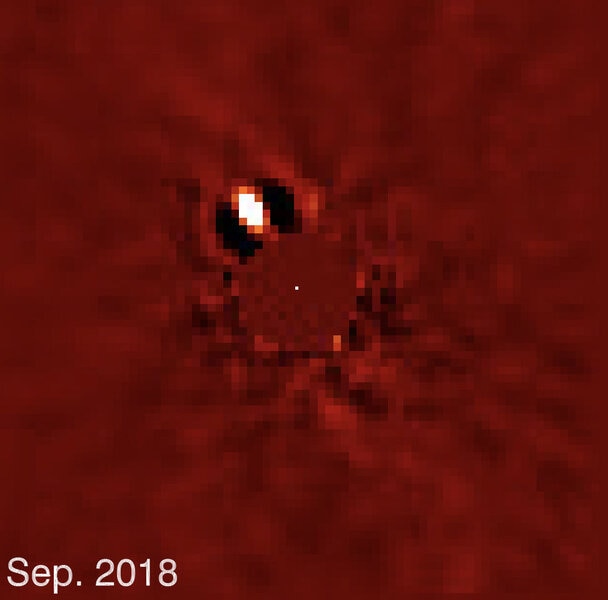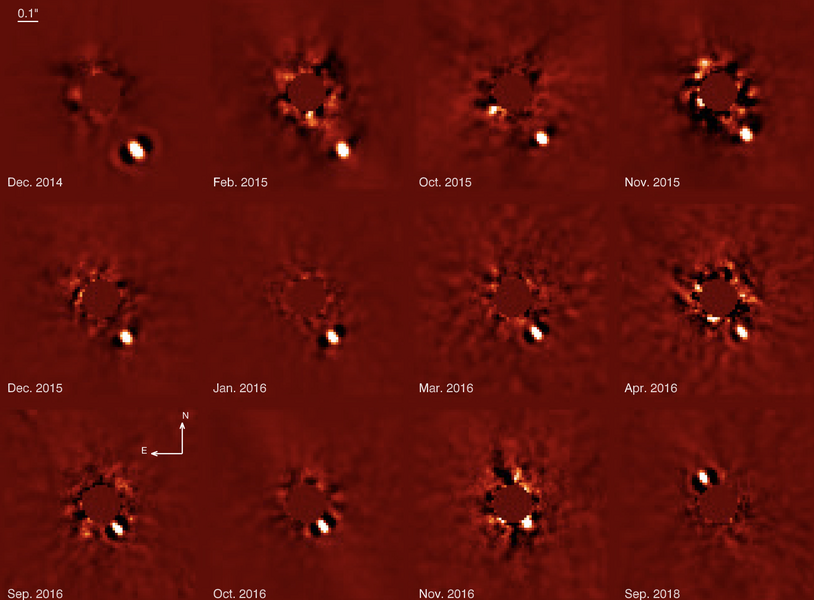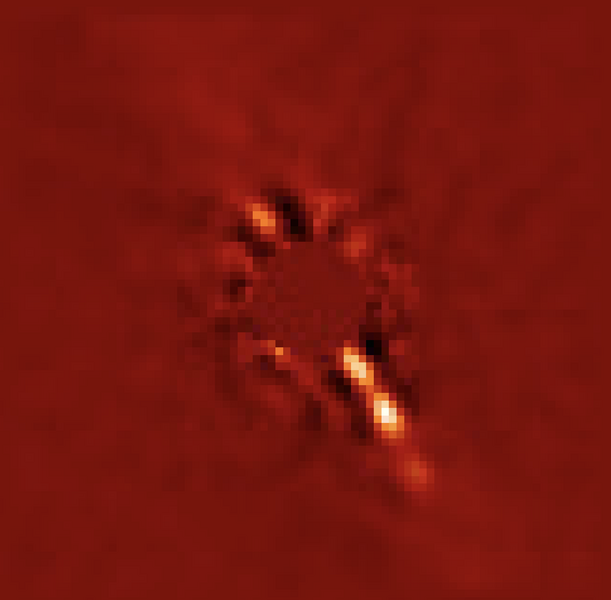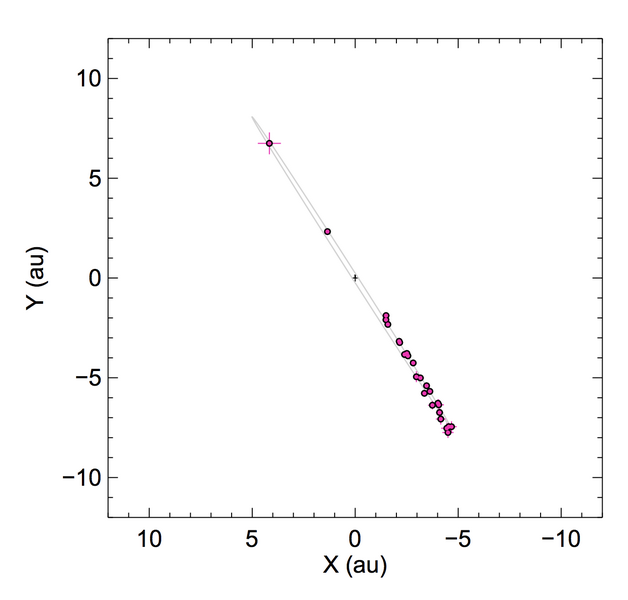Create a free profile to get unlimited access to exclusive videos, sweepstakes, and more!
Beta Pic b: An exoplanet emerges from the glare
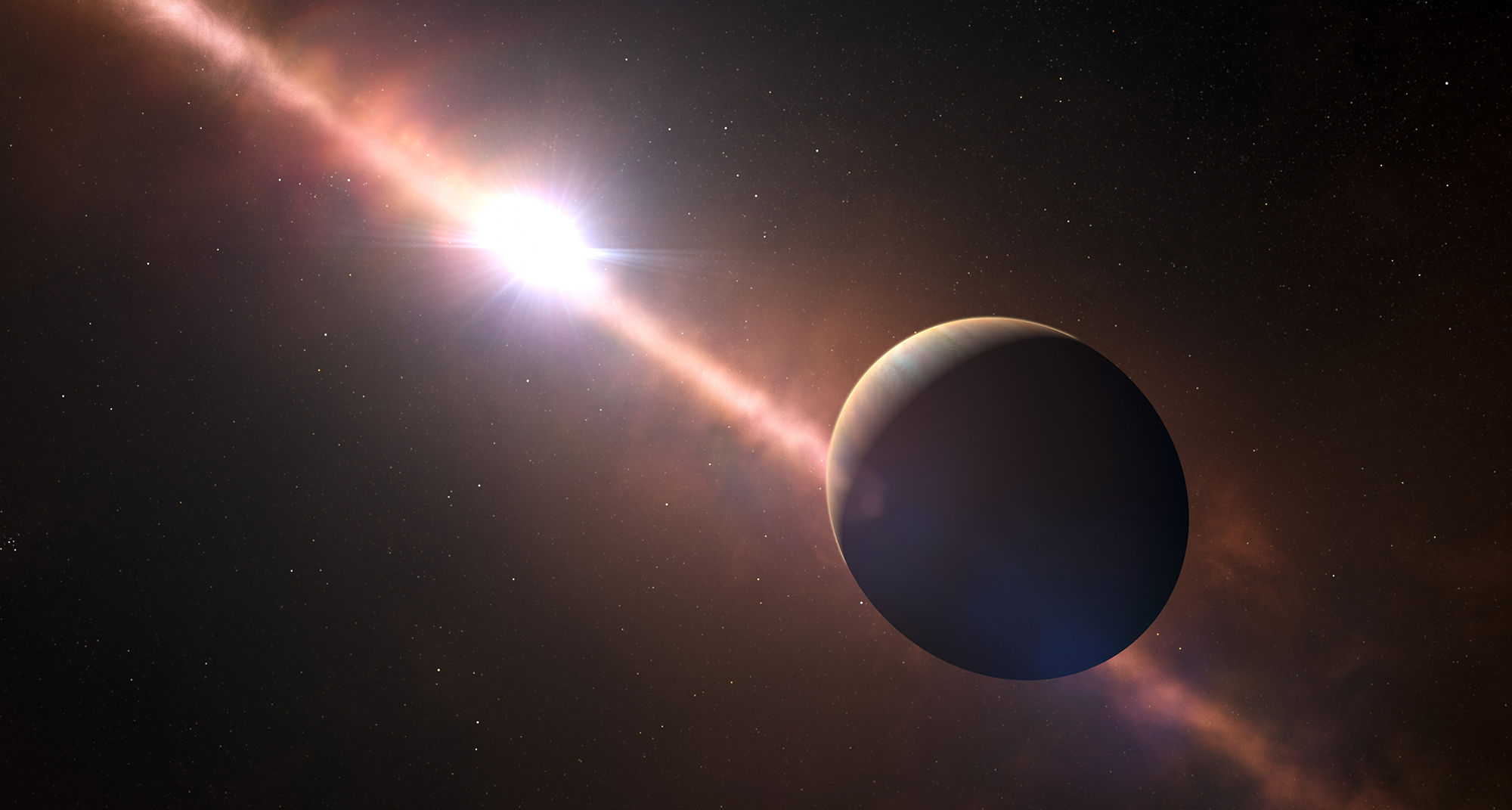
Beta Pictoris b is an exoplanet, an alien world orbiting the nearby star Beta Pictoris (or Beta Pic to its friends). It was discovered in images of the star taken in 2003 — one of the very first exoplanets ever directly imaged — and found to be a super-Jupiter, with about 11 times the mass of our own largest planet (you can read all the background info you need about the star and planet at that link, too).
Subsequent observations taken over the years showed something incredible: The actual motion of the planet as it orbited the star! Images taken in 2009 and 2010 showed that it had moved from one side of the star to the other: Clear evidence of orbital motion. We happen to see its orbit almost (but not exactly) edge-on, so we see it move back and forth over the period orbit.
In the following years the planet made it ‘round the bend, and started heading back toward conjunction (closest approach) with Beta Pic, which happened in late September 2017. After that it was too close to the star to see, lost in the glare.
But now it has re-emerged, and was captured in an image yet again by the Spectro-Polarimetric High-contrast Exoplanet REsearch (or just SPHERE) detector on the ginormous 8.2-meter Very Large Telescope in Chile. This was taken just days ago, on September 17, 2018, and clearly shows the planet:
Neat! The star is very bright, so a coronagraph — almost literally a disk of metal inside the telescope to block the star’s light —as well as some post-processing techniques were used to reduce the star’s glare.
To put this into context, though, you need to see many images of the planet over time to show its motion. And hey, SPHERE provides:
In late 2014, at the start of the sequence (upper left), the planet had reached its maximum elongation from the star (the farthest it gets from the star as seen from our viewpoint), then started moving back toward it. In November 2016 it was so close that it was barely seen outside the coronagraph. After that it was too close to see until this latest observation.
The original discovery observations were taken when it was to the upper left of the star as seen in this orientation, but those early observations were difficult to analyze, making the exact orbit of the planet impossible to pin down. Now that the same telescope and detector have been used for long enough to see it on both sides of the star, astronomers have been able to refine the orbital calculations, and can say that the planet orbits the star in a nearly (but not exactly) circular orbit that puts it 1.35 billion kilometers (± 75 million km) from Beta Pic, and takes just over 20 years to complete.
The astronomers took all the images and created a video showing the planet’s motion:
They also stacked the images together to show the shape of the motion:
You can see it’s not exactly a flat line, but instead is curved. That represents the fraction of the curved orbit over which SPHERE has observed the planet. This figure from their paper shows the positions of the planet over time:
Ah, now you can easily see that the orbit is very nearly edge-on. But not exactly, unfortunately. If it were, then it would transit, or pass directly in front of, the host star. Had it done that we’d know how big the planet is, which would be nice. Since we know the mass, getting the size would allow astronomers to find the density, which tells you in general terms what the planet is made of (for example, iron is eight times denser than water). There was some hope that a transit in 2017 would also reveal the existence of any possible moons, but again that didn’t happen. Ah well.
Still, this is all very cool. The star is estimated to be only about 20 million years old, so it’s very young. We don’t see the planet by reflected light (like we do for our own planets), but instead by its own glow! It’s still so hot from its formation that it glows in the infrared, which is how these images were taken. So everything we can learn about Beta Pic b, every new data point, tells us something more about how planets form and how they evolve when they’re young.
Of all the things we’re learning in this new field of exoplanetary science, this may be the most amazing: We’re seeing how planets behave as they’re born. Until recently we weren’t even really sure how our own solar system formed, but now we can actually watch it happen around other stars!
I’d say we live in an age of miracles and wonders, but that’s not true. The wonders part, certainly. But they’re not miracles. They’re science.
